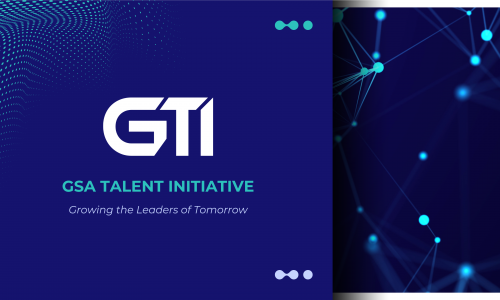With growing questions about how to reframe diversity and inclusion efforts, it’s increasingly clear that allyship must remain a cornerstone of organizational culture. Nuno Ramalho, Executive Director of R&D at Synopsys in Portugal, reflected on this idea, underscoring that allyship shouldn’t be reduced to a checkbox or a label. Instead, it should reflect an embedded value that shapes how companies lead, collaborate, and engage with one another.
Ramalho’s own journey to allyship was shaped by years of working and living across cultures—from the Azores to Ireland and beyond. Trained as an engineer in a male-dominated field, it was the women he worked alongside—colleagues and bosses—who shaped his perspective and understanding of the structural dynamics that have rendered the industry so male-dominated in the first place. Their insights helped him see why allyship matters—not just to shift perceptions, but to actively foster environments where support, inclusion, and opportunities are nurtured.
What struck him most wasn’t just the gender imbalance, but how often exceptional talent went unnoticed simply because it didn’t align with traditional expressions of ambition.
“Allyship isn’t about favoritism,” he explained. “It’s about removing the blinders—about creating the conditions for everyone to be seen, heard, and given a fair shot.”
Quick to dispel the assumption that allyship means giving people a leg up they didn’t earn, Ramalho emphasized that it’s about adjusting the lens. Women often express ambition differently—not less powerfully, but more subtly—which can lead to their contributions being overlooked. Allyship is about recognizing these blind spots and choosing to act.
Ramalho’s commitment to allyship is closely tied to the practical value of diverse teams. “It’s much easier to manage a team with a range of perspectives than one where everyone thinks the same,” he noted. When everyone approaches a problem the same way, new ideas tend to fall flat. Diversity, he explained, fuels dialogue, sparks collaboration, and drives creativity. With different voices in the room, you’re not limited to a single answer—you open the door to discussion. And in an industry powered by innovation, that kind of idea exchange is essential. After all, ideas are the currency of success.
Following this, the conversation turned to a crucial but often overlooked piece of the question of inclusion: resistance. It doesn’t always appear as outright opposition. More often, it’s quieter, surfacing as hesitation, silence, or passive pushback. As Ramalho pointed out, “It’s the absence of support that says the most.” In these moments, allyship proves most essential—not only to support women but to educate, build understanding, and help shift the workplace culture forward.
One way to meet that resistance is by building connections. Ramalho emphasized that skepticism often stems from misunderstanding and insufficient awareness of other references. Reframing that narrative requires reason. It might mean referencing data that links team diversity with improved outcomes and innovation. Or it might mean asking someone to reflect on how they’d want their own daughter or loved ones to be treated—not with special preference, but with visibility, respect, and opportunity. Meeting people where they are, he said, is a skill he learned from the women he’s worked under—leaders who didn’t command with authority but guided by example. They led with empathy, built trust through influence, and created meaningful change through human connection.
For Ramalho, the formalization of allyship through the WLI Allyship Program made that commitment clearer. When something feels off, he sees it as his responsibility to respond not impulsively, but with intention. The language of allyship gave structure to what was already a core value, turning personal conviction into a deliberate and sustained commitment.
In closing, the conversation underscored that allyship is most powerful when understood as a daily practice—one grounded not in grand declarations, but in consistent choices to listen, include, and uplift. It’s not about checking a box or seizing the spotlight, but about creating space for others to contribute and thrive. From mentoring to inclusive leadership styles, allyship can take many forms. What matters is the intention behind it: a commitment to fairness, responsibility, and the belief that stronger teams—and better outcomes—emerge when diverse views have a seat at the table. In a field driven by innovation, this kind of inclusive leadership will continue to shape not just a company’s culture, but the future of the industry itself.
By Alessandra Varnes












